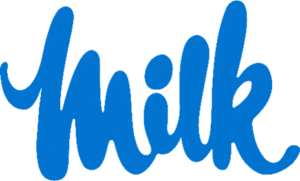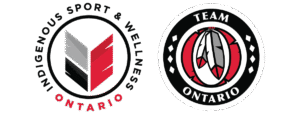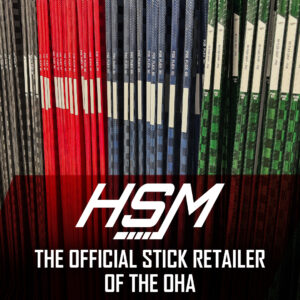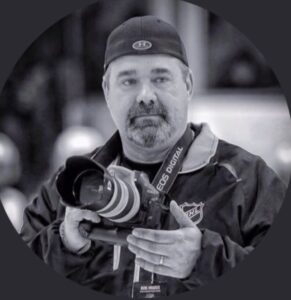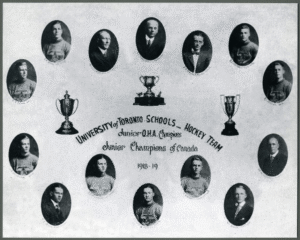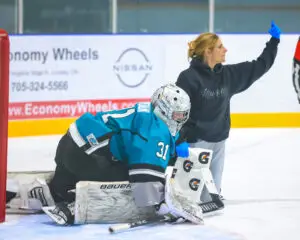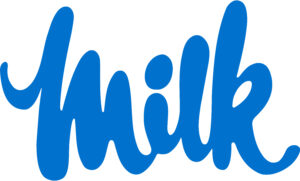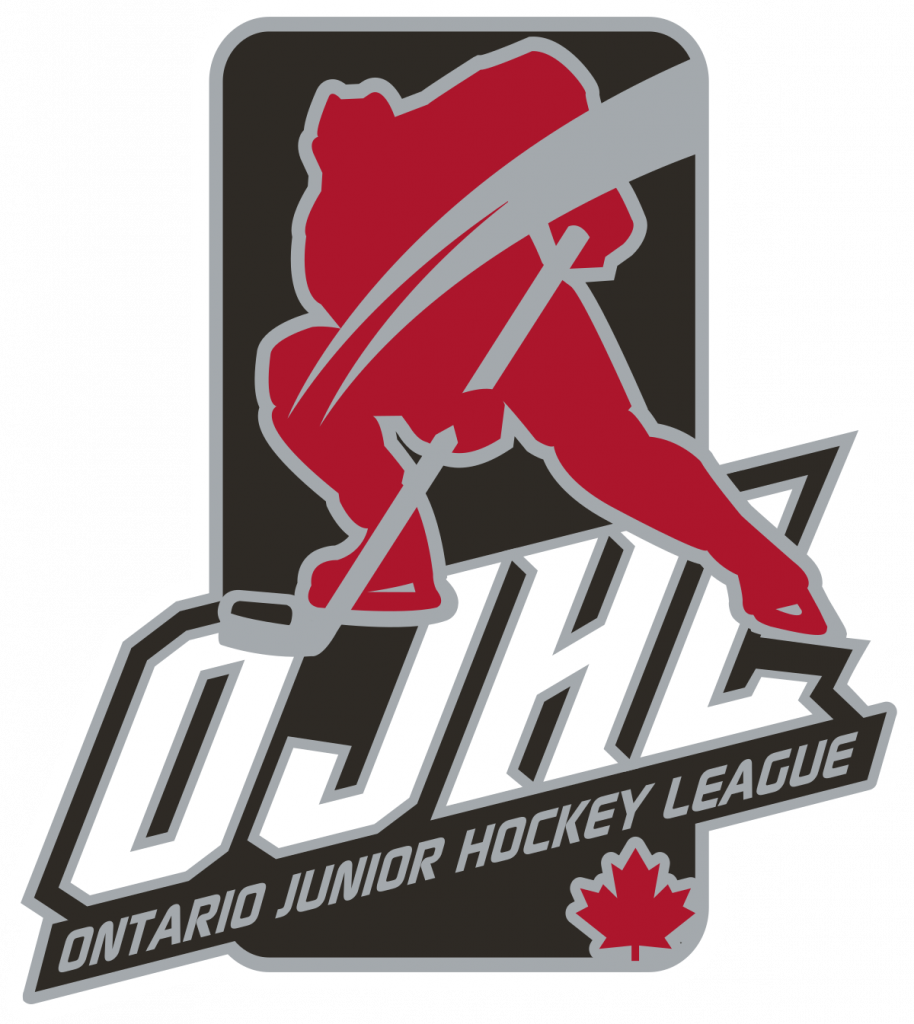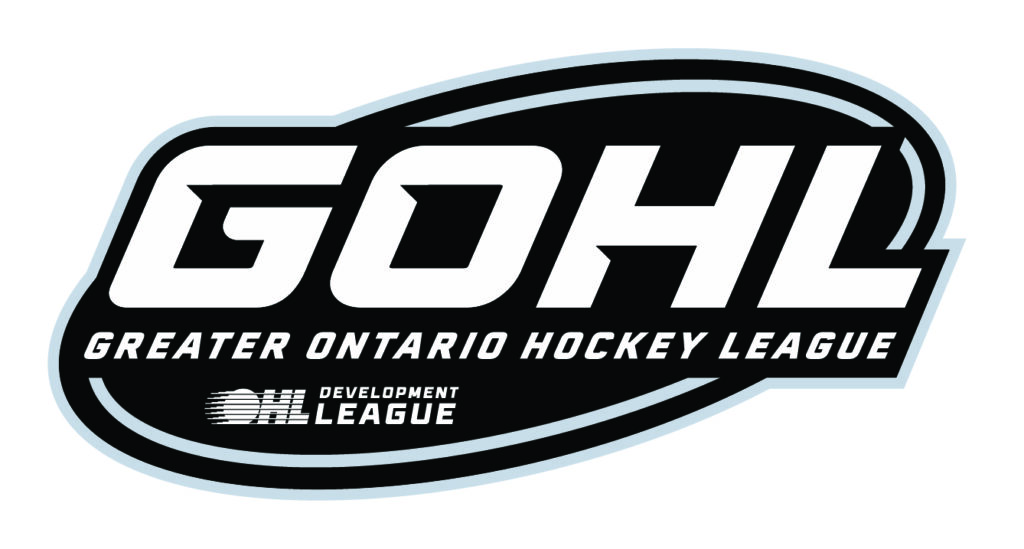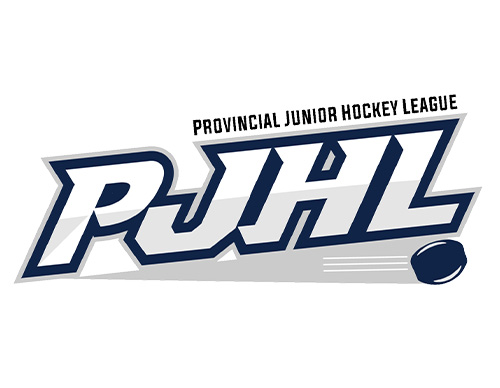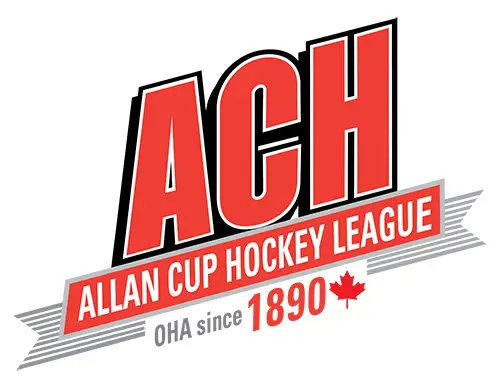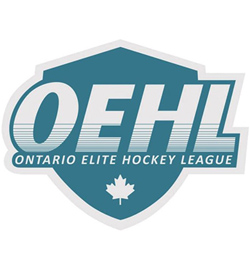by Dan Carle
This is the 2nd installment in a content series that focuses on the revamped OHA Officiating Program
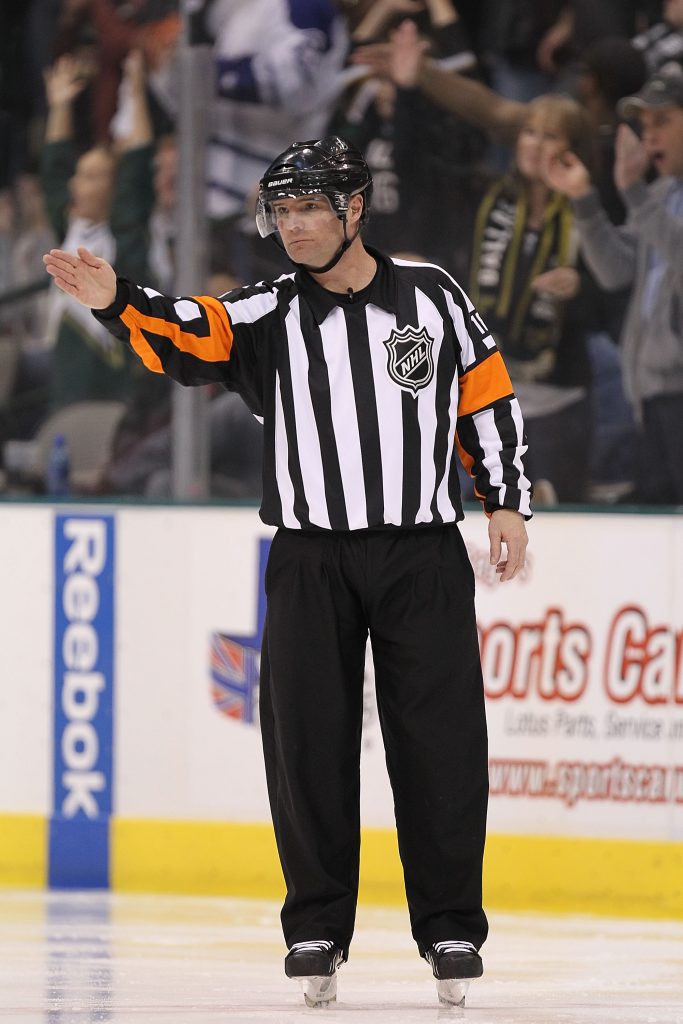
The world, at least through the lens of the Ontario Hockey Association, needs more zebras. And greater care paid to them.
Currently, the OHA roster of referees is expanding, along with collective minds towards more feeding of the mind for up-and-comers than strictly often critical evaluations.
A softer communications approach than kicking a garbage can.
“We need to have officials improve,” said Rick Morphew, the OHA Director of Officiating. “No-one likes to not improve and not have a chance to be selected to work championships at the end of the year.”
The Association is making changes as part of a sweeping commitment to recruit, support and train the latest wave of on-ice arbiters, for without whom there would be no games.
“We are a necessary evil. We know that,” said Greg Kimmerly, who refereed 1,138 games in the NHL and is paying this vast athletic and human experience forward by pushing officiating programming including video to shepherd new referees along.
“Officiating has traditionally been evaluation, evaluation, evaluation. And you would get: “That’s a bad hooking call.” And the official would ask why. And the officials evaluator would say: “Because I said so,” Kimmerly said.
“Where we want the officials to get to is: ‘Tell me why you made that hooking call?’”
“We may get: “To be honest, I was blocked out by the goalie.” Now the issue is you didn’t have proper positioning.”
The push is on to attract graduating junior level hockey players who will not be pursuing playing to fill the now less-critical need for – well – ideally well-positioned whistleblowers.
There are currently about 470 referees across the OHA. Two years ago it was around 320.
“They already know how to skate. They just have to learn the rules of the game differently from being a player,” said Morphew. “And they have to learn not to watch the player, for the purpose of seeing how good the play was, or how nice a pass – but – ‘there’s three guys inside the blueline. I should be blowing that down.’”
Kimmerly, Morphew and former NHL referee Craig Spada are helping evolve the OHA officials development program to include future rules discussions, video sessions, and virtual seminars.
“I would have enjoyed that as an official for the 30 years I was in the OHA,” said Morphew. “It would have been nice to have something like that.
“You’re not there to kick the garbage pail. When I went through, this is what supervision was. You can’t do that with today’s young people.
“It’s all plusses – but people have to realize that change is good.”
For Kimmerly, who is also head of Men’s hockey operations for Ontario University Athletics, Director of Player Safety for the OJHL, and an officiating coach with the International Ice Hockey Federation, it’s simple.
“We want to break it down the same way a coach does.”
After a start in the Weston House League and rarely ever saying no thereafter when called to work a game, Kimmerly has turned retirement of his whistle into a second career in communications skills and leadership development.
He is among the first to confirm, in conflict if you practice the delicate balance of being firm but fair and communicating calmly, applying these skills off the ice can reap big rewards. “You can put off conflict but you can’t avoid conflict. You have to circle back and address it,” Kimmerly said. “That’s the best way to gain respect of the participants in the game.”
